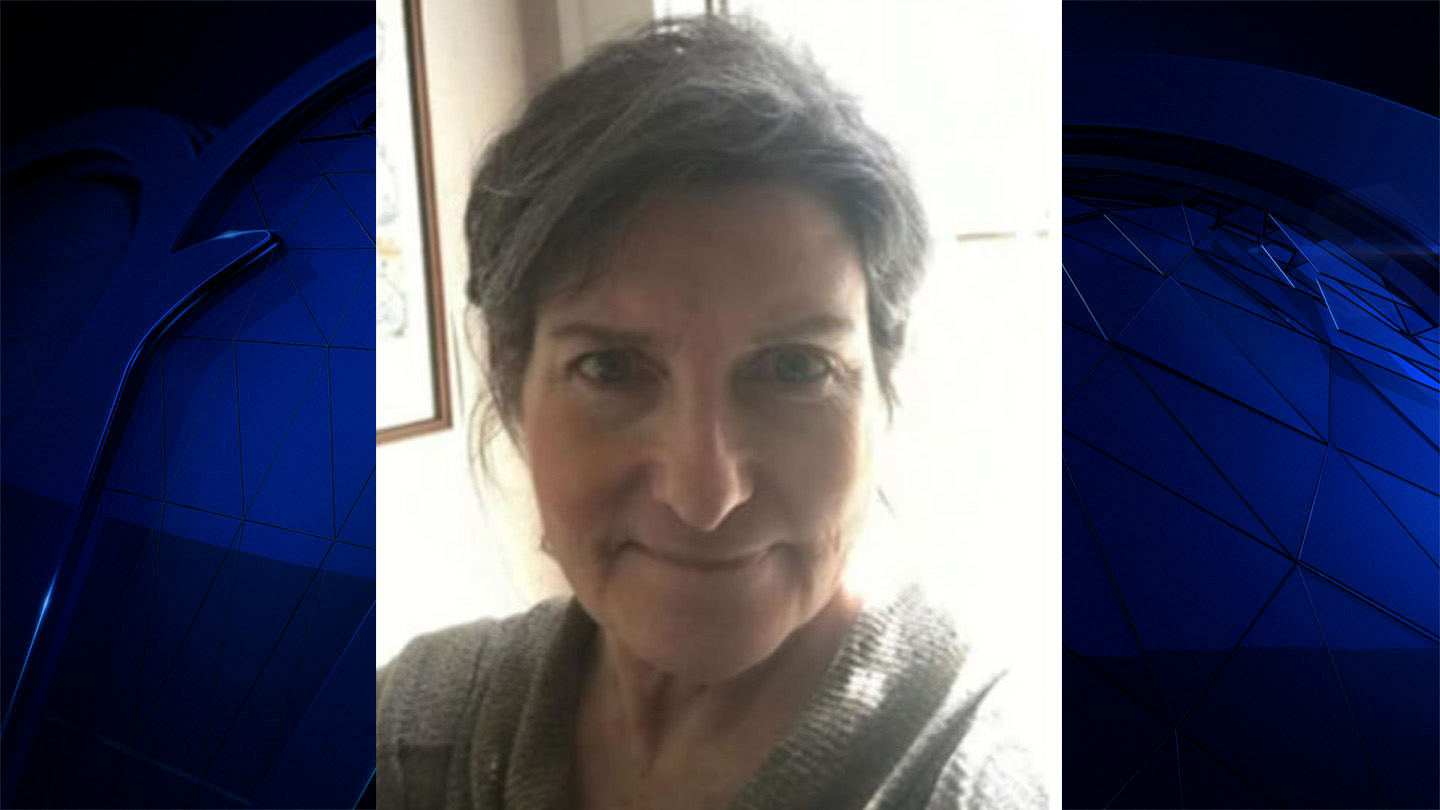In Boston's Back Bay, a sign of the times is all about the time in the sign.
The City of Boston recently reduced the time pedestrians can legally cross Berkeley Street at Boylston Street, and not everyone is in-step with the move.
"We are very concerned about pedestrian safety in the Back Bay," said Meg Mainzer-Cohen, president of the Back Bay Association. "The city's policies are downgrading the experience, and safety, for pedestrians without question."
Mainzer-Cohen says a few months ago, she noticed something outside her office window. For years, she has fought for a safer intersection. She knew something was different, so she investigated, and it turns out she was onto something.
Get New England news, weather forecasts and entertainment stories to your inbox. Sign up for NECN newsletters.
The crosswalk, which she estimates was 40 seconds before, is now down to 17 seconds.
"It is not enough time for America's walking city to accommodate the largest user, pedestrians," she said. "More people are crossing against the legal crossing than with it. There is not enough time dedicated for legal crossings."
The city says the move actually better protects pedestrians.
Local
"The new configuration on Boylston Street improves pedestrian safety by prohibiting cars from turning across an active crosswalk," a Boston Transportation Department spokesperson said in a statement to NBC10 Boston.
"Although there is less time given to pedestrians, they are now protected from conflicts with turning vehicles when they have the WALK sign," the statement went on to say. "These changes reflect city and state engineering guidelines, as well as commonly used best practices for protecting pedestrians in high-traffic areas."
Brendan Kearney, co-executive director of WalkMassachusetts, supports the change giving pedestrians more protection, albeit at the cost of having to wait a bit longer at times.
"Having more dedicated time just for pedestrians to cross seems to make a lot of sense," he said. "It is a balance, always trying to strike a balance of 'Do we give people more opportunities to cross the street, or do we create time that is completely dedicated just for people crossing the street?'"



